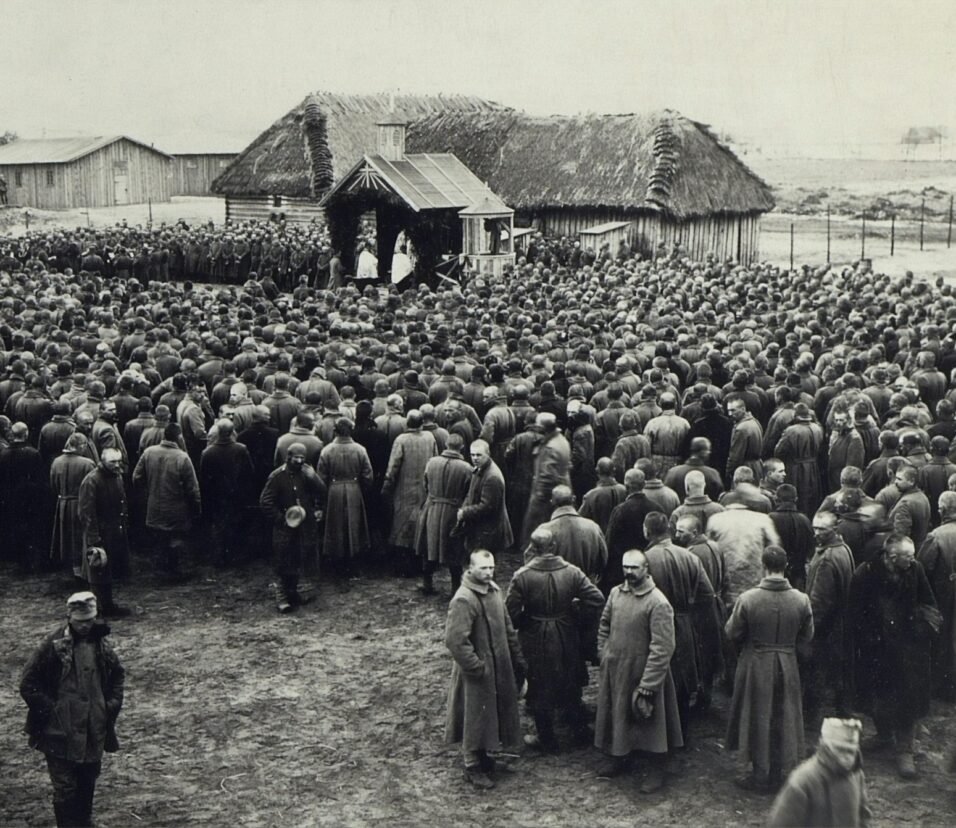The Greensboro Sit-ins
Introduction
The Greensboro sit-ins, which began in 1960, stand as one of the most significant and transformative events in the history of the American Civil Rights Movement. These non-violent protests, initiated by four brave African-American students, ignited a flame of resistance that spread rapidly across the South. Through this deep dive, we’ll explore the origins, events, and overarching impact of the Greensboro sit-ins on the pursuit of racial equality in the U.S.
Historical Context
In the 1960s, racial segregation was deeply ingrained in Southern society, legitimized by the infamous Jim Crow laws. Public facilities were divided between “whites” and “colored,” perpetuating racial divisions and inequalities. The sit-ins aimed to challenge this status quo, with the battleground being a seemingly simple place: the lunch counter.
The Sparks of Change: February 1, 1960
On this fateful day, four African-American students from North Carolina Agricultural and Technical State University — Ezell Blair Jr., David Richmond, Franklin McCain, and Joseph McNeil — entered the Woolworth store in Greensboro. After purchasing a few items, they sat down at the “whites-only” lunch counter, requesting service. Their act of sitting down would prompt a stand against racial inequality.
Their peaceful request was met with refusal and hostility. However, instead of leaving, they remained seated until the store closed. This act of non-violent resistance was inspired by similar movements worldwide, especially the teachings of Mahatma Gandhi.
The Sit-ins Spread Like Wildfire
Word of the Greensboro sit-in quickly spread, drawing both admiration and ire. The following day, the four students returned with more supporters. By the third day, over 60 people, both men and women, had joined.
Local media coverage, combined with the burgeoning power of television, made the Greensboro sit-ins a national topic. Emboldened by the Greensboro students’ courage, similar sit-ins erupted in cities across the South. Places like Richmond, Virginia, and Nashville, Tennessee, witnessed young students adopting the non-violent protest model, making it clear that a movement was afoot.
The Domino Effect
The success of the Greensboro sit-ins sparked a domino effect:
- The Power of Youth: As news of the sit-ins spread, students across the country were mobilized. Historically black colleges and universities became hotbeds of activism. The youth, rather than being mere observers, were now active participants in their destiny.
- Formation of SNCC: The Student Nonviolent Coordinating Committee, founded shortly after the sit-ins, played a pivotal role in the Civil Rights Movement. It brought young activists, like John Lewis, to the forefront.
Challenges and Triumphs
The protesters faced considerable opposition. They were often harassed verbally and physically. Detractors poured food or drinks on them, used derogatory language, and even resorted to violence. Law enforcement, more often than not, was complicit or directly involved in trying to suppress these movements.
Yet, the resilience of these protesters, trained in non-violent resistance, remained unbroken. Their stoic determination, combined with strategic media coverage, garnered national sympathy and support.
Economic Implications
While the moral and ethical arguments against segregation were clear, there was also an economic dimension to the sit-ins. As more students joined the protests, businesses began feeling the financial strain. African Americans, who were significant consumers, boycotted segregated establishments. The combination of bad press and economic loss pressured many businesses to desegregate.
The Culmination
By the end of July 1960, Woolworth’s lunch counter in Greensboro began serving black customers, marking a symbolic victory. But the impact didn’t stop there. The success of the sit-ins bolstered the momentum for larger Civil Rights campaigns. It led to the creation of the Student Nonviolent Coordinating Committee (SNCC), a major force in the Civil Rights Movement.
Legacy and Long-Term Impact
The Greensboro sit-ins did more than desegregate a lunch counter. They:
- Empowered Youth: They highlighted the power of young voices in shaping social and political change. College and high school students across the country felt emboldened to join the fight against racial inequality.
- Reinforced Non-violence: The sit-ins underscored the effectiveness of non-violent protest, setting the tone for subsequent Civil Rights campaigns.
- Galvanized National Sentiment: The widespread media coverage sparked national discourse on racial segregation, leading to increased support for the Civil Rights Movement from people outside the South.
Conclusion
The Greensboro sit-ins, though a series of localized events, echoed loudly throughout the annals of American history. They epitomized the indomitable spirit of the Civil Rights Movement, proving that peaceful resistance combined with unity could challenge and dismantle deep-seated racial barriers. Today, as we reflect on the pursuit of equality, the lessons from the Greensboro sit-ins remain ever-relevant, reminding us of the sacrifices made and the work still ahead. The Greensboro sit-ins, while a series of events from the distant past, continue to resonate. They remind us of the sacrifices of countless individuals who dared to challenge the status quo.
The Greensboro sit-ins were more than just a protest against a segregated lunch counter. They symbolized the resilience, courage, and determination of a generation that was no longer willing to accept the indignities of racial segregation. Through nonviolent resistance, unity, and determination, the Greensboro Four and the countless students who joined them redefined the course of American history.







